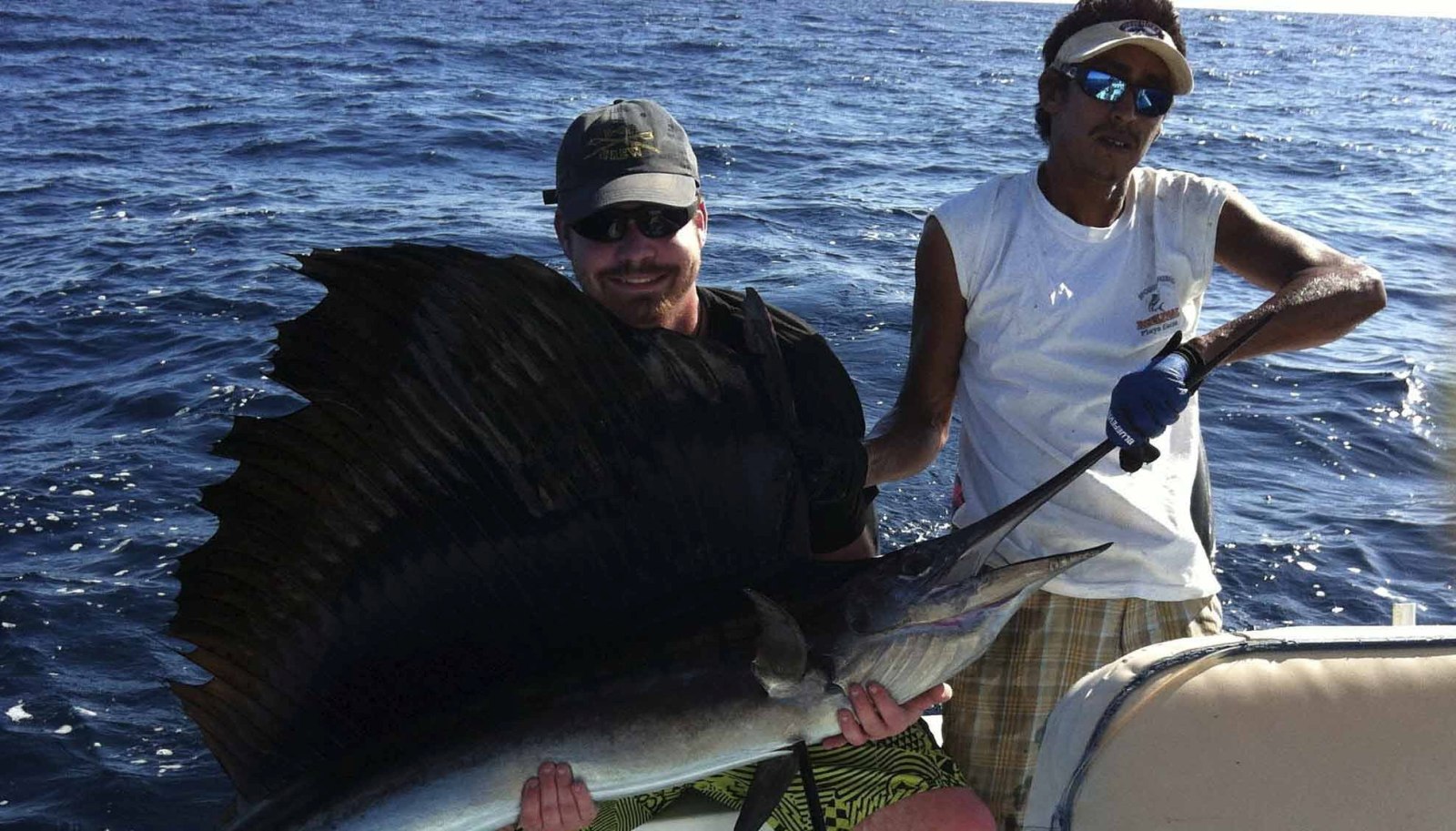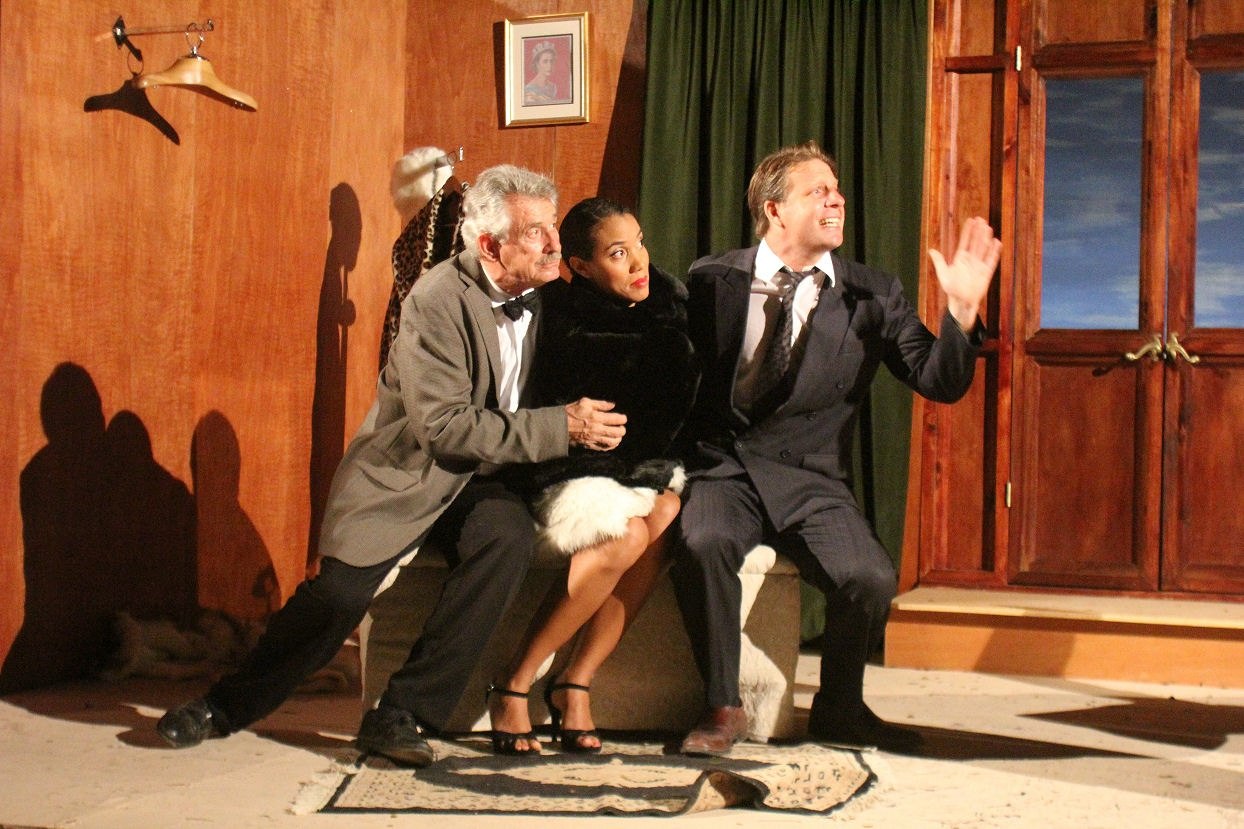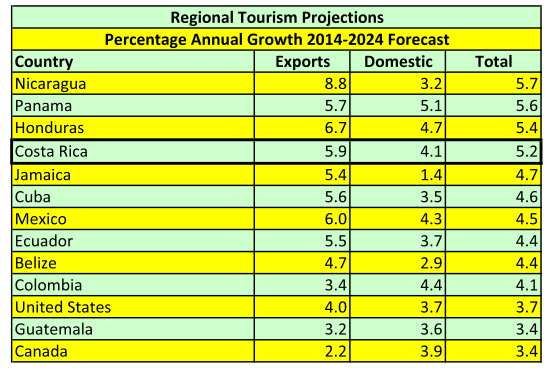The Playas de Nosara Experience
What is the Playas de Nosara experience? For those visitors who arrive with a specific purpose (surfing, yoga or doing nothing at all), there is not very much to discuss. They arrive, they do, they leave.
But for the rest—a sizable number—the gaps between meals, beach and pool can be filled by hiking, horseback riding, working online or zip lining, kayaking, fishing, serious drinking, lovemaking, animal viewing, swimming, reading, video games, quad or buggy cruising and web browsing. That’s about it. Some experiences require a reservation, some not. Some are free, others cost, but all are called, somewhat dryly by the trade as “visitor engagement” or, more broadly, “the visitor experience.”
The visitor experience can refer to a single encounter but it is more useful to think of as the whole gestalt of place. In sum, the overriding issue here (i.e. the Nosara brand) must be considered as some combination of sea/sand, jungle, rural and healthful, but not necessarily in that order.
Some holiday activities may be viewed as generic, such as watching an iTunes- downloaded movie in your hotel room, reading a hardback book or playing bridge or Scrabble with your friends or a languid stroll through a jigsaw puzzle. But generic activities no longer define a destination as they once did.
Inclusive resorts, for example, are a backdrop for an unending string of generic activities—dancing, dining, golfing, entertainment, etc.—whatever the ambiance, character or vibe of the place. The only variable seems to be a level of luxury that is defined only by its cost. For most travelers place-based experiences are in Europe or Asia, San Miquel or Havana, a national park, New York City or one of about two-dozen American cities that retain their very distinctive character.
One sage of visitor engagement is British sociologist John Urry who first grappled with these consumer trends 20 years ago that both support and challenge visitor engagement assumptions. At its root is Urry’s concept of dedifferentiation that indicates increasing visitor demand for a greater range of choices; that charts a decline in repeat visitation; that encourages a proliferation of types of visitor attractions based on market research; that supports alternative destinations and attractions and the growth in heritage and eco-tourism and blends the tourism experience with other forms of leisure, culture, retailing, education, sport and hobbies. If sustainability once suggested permanence and predictability, then Urry’s concept of dedifferentiation mitigates against it, even as it acknowledges trends away from gigantic cruise ships and other forms of mass tourism development.
In sum, a small destination like Nosara finds intuitive ways to meet its on-going obligation to create place-based experiences and activities, from custom-made wacky weddings to toddler summer school to Joe and Liza at Kaya-Sol on Thursday nights to fiesta evenings at ringside.
At home in the states, workaholics in their everyday life do vacation-like things—festival-type shopping, Disneyland-like birthday parties, leisurewear at work, roller-coaster excitement at the IMAX with the kids, while on vacation those same folks check email, call a client, stay in housekeeping units, shop for groceries, cooking three meals a day; use medical services and fill prescriptions, volunteer to a worthy cause or go to a fund-raiser—all activities of everyday life.
So differences in work/play blur and the place-based experience stand-out to create a sense of excitement and wonder, whether a living place with the added benefit of extraordinary beauty and enthusiasm or a vacationing place with all the conveniences of home.






Comentarios